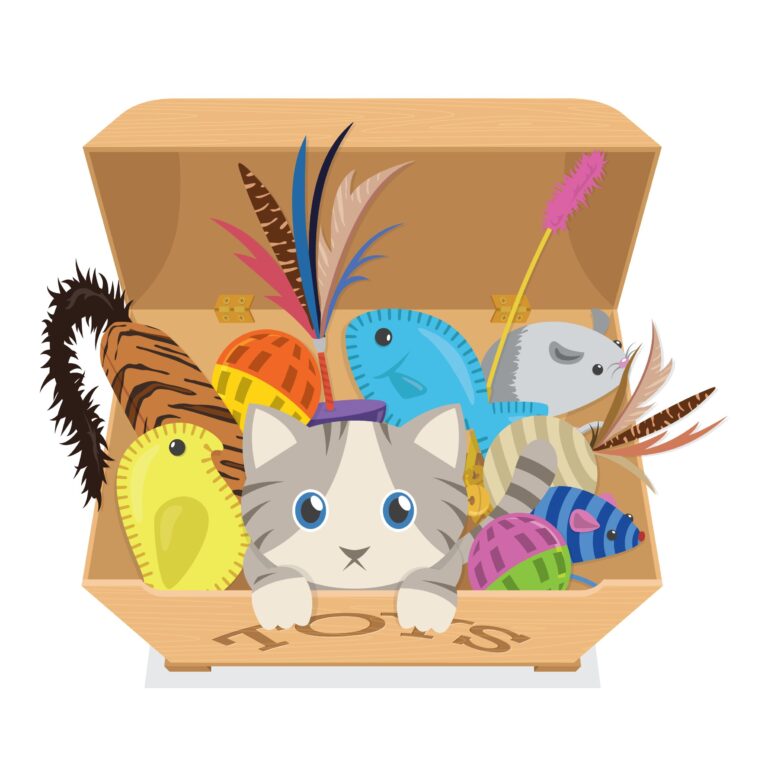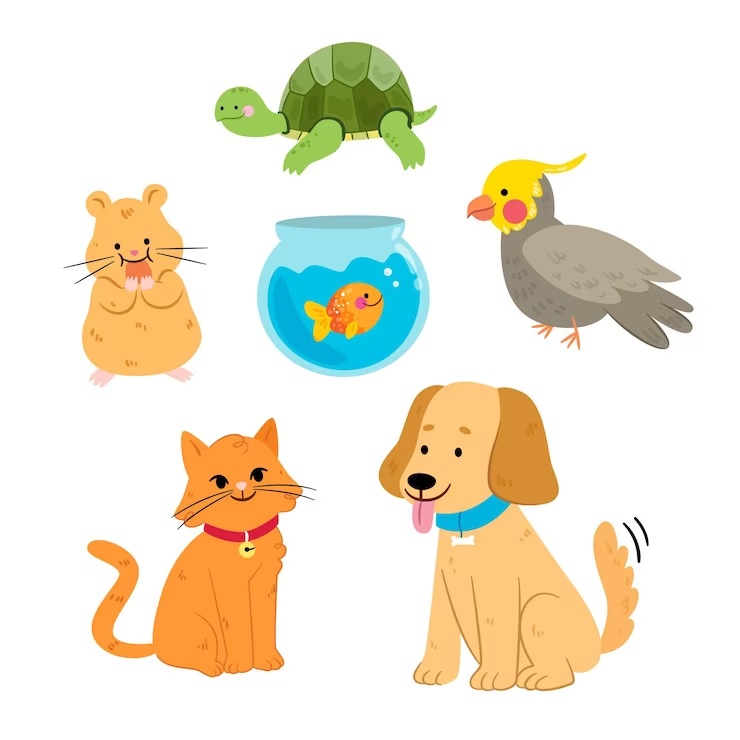
Photo by ‘Paul Hanaoka’ on Unsplash.com
Introduction
A. Importance of adopting a cat
Adopting a cat is a wonderful decision that can bring joy, companionship, and love into your life. Cats make great pets and can provide emotional support and comfort. They are also known to lower stress levels and blood pressure. Adopting a cat not only benefits you and your family, but it also helps to save a life. There are millions of cats in shelters and rescue organizations waiting for their forever homes. By adopting a cat, you are giving them a second chance at a happy and fulfilling life.
B. Overview of the guide
This guide will provide you with all the information you need to know about adopting a cat. It will cover the benefits of having a cat, the different types of cats available for adoption, how to find a reputable animal shelter or rescue organization, preparing your home for your new feline friend, choosing the right cat for your lifestyle and personality, the importance of proper nutrition and exercise, tips for introducing your cat to other pets and family members, common health issues to look out for in adopted cats, how to provide a safe and happy environment for your cat, resources and support for new cat owners in the USA, and a conclusion with final thoughts and advice.
Why Adopting a Cat is a Great Idea for You and Your Family
A. Benefits of having a cat
Having a cat can bring numerous benefits to your life. Cats are known to provide emotional support and companionship. They can be great listeners and offer comfort during difficult times. Cats are also independent animals, which makes them low-maintenance pets. They are self-cleaning and do not require daily walks like dogs. Cats are also great for people with allergies, as they produce fewer allergens than other pets.
B. Emotional support and companionship
Cats are known to be great companions and can provide emotional support to their owners. They are often seen as calming and soothing animals, and their presence can help reduce stress levels and anxiety. Cats are also great for people who live alone or have limited social interactions. They can provide a sense of companionship and help alleviate feelings of loneliness.
C. Lower stress levels and blood pressure
Studies have shown that owning a cat can help lower stress levels and blood pressure. The act of petting a cat has been found to release endorphins, which are natural mood enhancers. Cats also have a calming effect on their owners, which can help reduce stress and anxiety. Additionally, the rhythmic sound of a cat’s purring has been found to have a soothing effect on humans, helping to lower blood pressure.
Understanding the Different Types of Cats Available for Adoption
A. Breeds and characteristics
There are many different breeds of cats available for adoption, each with their own unique characteristics. Some popular breeds include the Maine Coon, Siamese, Persian, and Bengal. It’s important to research different breeds to understand their specific needs and temperaments. This will help you choose a cat that is the right fit for your lifestyle and personality.
B. Age and personality
When adopting a cat, it’s important to consider their age and personality. Kittens are energetic and require more time and attention, while adult cats are often more settled and independent. Senior cats can be a great option for people who want a more relaxed companion. It’s also important to consider the cat’s personality and whether it aligns with your own. Some cats are more outgoing and social, while others are more reserved and independent.
C. Special needs cats
There are also special needs cats available for adoption, such as cats with disabilities or chronic health conditions. These cats require extra care and attention, but can be incredibly rewarding to care for. Special needs cats often have a harder time finding homes, so adopting one can truly make a difference in their lives.
How to Find a Reputable Animal Shelter or Rescue Organization
A. Researching local shelters and rescues
When looking to adopt a cat, it’s important to research local animal shelters and rescue organizations. Look for reputable organizations that have a good track record of caring for animals and finding them loving homes. You can start by searching online or asking for recommendations from friends, family, or your veterinarian.
B. Visiting the shelter or rescue
Once you have identified a few potential shelters or rescues, it’s important to visit them in person. This will give you an opportunity to see the conditions the animals are kept in and meet the staff. Pay attention to how the animals are treated and if they appear healthy and well-cared for.
C. Asking questions and getting to know the staff
When visiting the shelter or rescue, don’t be afraid to ask questions and get to know the staff. Ask about the adoption process, the cat’s history, and any medical or behavioral issues they may have. The staff should be knowledgeable and willing to provide you with all the information you need to make an informed decision.
Preparing Your Home for Your New Feline Friend
A. Cat-proofing your home
Before bringing your new cat home, it’s important to cat-proof your home to ensure their safety. This includes removing any toxic plants, securing loose wires, and blocking off any small spaces they could get stuck in. It’s also important to secure any breakable items or valuables that could be knocked over or damaged.
B. Setting up a safe and comfortable space for your cat
It’s important to set up a safe and comfortable space for your cat to retreat to when they first arrive in your home. This can be a spare room or a designated area with their bed, litter box, food, and water bowls. This will give them a sense of security and help them adjust to their new surroundings.
C. Purchasing necessary supplies
Before bringing your new cat home, make sure you have all the necessary supplies. This includes a litter box, litter, food and water bowls, a scratching post, toys, and a bed. It’s also important to have a carrier for transporting your cat to and from the shelter or vet.
Choosing the Right Cat for Your Lifestyle and Personality
A. Assessing your lifestyle and needs
When choosing a cat, it’s important to assess your lifestyle and needs. Consider how much time you can dedicate to your cat’s care and whether you have any specific requirements or restrictions. For example, if you work long hours or travel frequently, a more independent cat may be a better fit for you.
B. Matching your personality with your cat’s
It’s also important to match your personality with your cat’s. Some cats are more outgoing and social, while others are more reserved and independent. If you are an active and energetic person, you may prefer a cat that is more playful and adventurous. If you are more laid-back and relaxed, a more calm and low-maintenance cat may be a better fit.
C. Considering other pets and family members
If you have other pets or family members, it’s important to consider their needs and personalities when choosing a cat. Some cats may not get along well with other animals or children, so it’s important to choose a cat that will be compatible with your existing household.
The Importance of Proper Nutrition and Exercise for Your Cat
A. Choosing the right food for your cat
Proper nutrition is essential for your cat’s health and well-being. It’s important to choose a high-quality cat food that is appropriate for their age, breed, and any specific dietary needs they may have. Consult with your veterinarian to determine the best diet for your cat.
B. Providing exercise and playtime
Exercise is important for your cat’s physical and mental health. Provide them with plenty of opportunities for play and exercise, such as interactive toys, scratching posts, and climbing trees. Regular playtime will help keep your cat active and prevent obesity.
C. Regular vet check-ups
Regular vet check-ups are essential for your cat’s health. Schedule regular visits with your veterinarian to ensure your cat is up to date on vaccinations, preventatives, and to address any health concerns. Your vet can also provide guidance on proper nutrition and exercise for your cat.
Tips for Introducing Your Cat to Other Pets and Family Members
A. Slow and gradual introductions
When introducing your cat to other pets or family members, it’s important to take it slow and gradual. Allow them to sniff each other through a closed door or gate before allowing direct contact. This will help them become familiar with each other’s scent and reduce the chances of aggression or fear.
B. Providing separate spaces for each pet
It’s important to provide separate spaces for each pet, especially during the initial introduction period. This will give them a safe space to retreat to if they feel overwhelmed or stressed. Gradually increase their time together under supervision until they are comfortable with each other.
C. Supervising interactions
When your cat is first introduced to other pets or family members, it’s important to supervise their interactions. This will allow you to intervene if any aggressive or fearful behavior occurs. Gradually increase their unsupervised time together as they become more comfortable with each other.
Common Health Issues to Look Out for in Adopted Cats
A. Vaccinations and preventative care
When adopting a cat, it’s important to ensure they are up to date on vaccinations and preventative care. This includes vaccinations for diseases such as rabies and feline distemper, as well as preventative treatments for fleas, ticks, and heartworms. Regular veterinary care will help keep your cat healthy and prevent the spread of diseases.
B. Signs of illness or injury
It’s important to be aware of the signs of illness or injury in your cat. Common signs include changes in appetite, weight loss, lethargy, vomiting, diarrhea, coughing, sneezing, and changes in behavior. If you notice any of these signs, it’s important to consult with your veterinarian as soon as possible.
C. Regular grooming and dental care
Regular grooming and dental care are important for your cat’s overall health. Brush their fur regularly to prevent matting and hairballs, and trim their nails to prevent them from becoming too long. It’s also important to brush their teeth regularly to prevent dental disease.
How to Provide a Safe and Happy Environment for Your Cat
A. Providing mental and physical stimulation
Cats need mental and physical stimulation to thrive. Provide them with plenty of toys, scratching posts, and climbing trees to keep them entertained. Rotate their toys regularly to keep them engaged and provide opportunities for play and exercise.
B. Creating a comfortable and secure space
Creating a comfortable and secure space for your cat is important for their well-being. Provide them with a cozy bed, a quiet area to retreat to, and plenty of hiding spots. It’s also important to provide them with a litter box that is easily accessible and cleaned regularly.
C. Building a strong bond with your cat
Building a strong bond with your cat is important for their happiness and well-being. Spend quality time with them every day, engaging in activities they enjoy such as playtime or grooming. Talk to them in a soothing voice and provide plenty of affection and attention.
Resources and Support for New Cat Owners in the USA
A. Online resources and communities
There are many online resources and communities available for new cat owners in the USA. Websites such as the American Society for the Prevention of Cruelty to Animals (ASPCA) and the Humane Society of the United States (HSUS) provide valuable information on cat care, behavior, and health. There are also online forums and social media groups where you can connect with other cat owners and share experiences and advice.
B. Local support groups and classes
Many local communities have support groups and classes for new cat owners. These can be a great way to connect with other cat owners in your area and learn from experienced professionals. Check with your local animal shelter or veterinarian to see if there are any support groups or classes available in your area.
C. Professional training and behaviorists
If you are experiencing behavioral issues with your cat, it may be beneficial to seek the help of a professional trainer or behaviorist. They can provide guidance and support in addressing any behavioral issues and help you build a strong bond with your cat.
Conclusion
A. Recap of the guide
In this guide, we have discussed the importance of adopting a cat and the benefits it can bring to you and your family. We have explored the different types of cats available for adoption, how to find a reputable animal shelter or rescue organization, preparing your home for your new feline friend, choosing the right cat for your lifestyle and personality, the importance of proper nutrition and exercise, tips for introducing your cat to other pets and family members, common health issues to look out for in adopted cats, how to provide a safe and happy environment for your cat, resources and support for new cat owners in the USA, and provided a conclusion with final thoughts and advice.
B. Encouragement to adopt a cat
Adopting a cat is a wonderful decision that can bring joy, companionship, and love into your life. By adopting a cat, you are not only gaining a new family member, but you are also saving a life. There are millions of cats in shelters and rescue organizations waiting for their forever homes. By adopting a cat, you are giving them a second chance at a happy and fulfilling life.
C. Final thoughts and advice
Owning a cat is a lifelong commitment and requires time, effort, and resources. It’s important to be prepared and educated before bringing a cat into your home. This guide has provided you with all the information you need to know about adopting a cat, but it’s important to continue learning and seeking advice from professionals and experienced cat owners. With proper care and love, your new feline friend will bring you years of joy and companionship.




